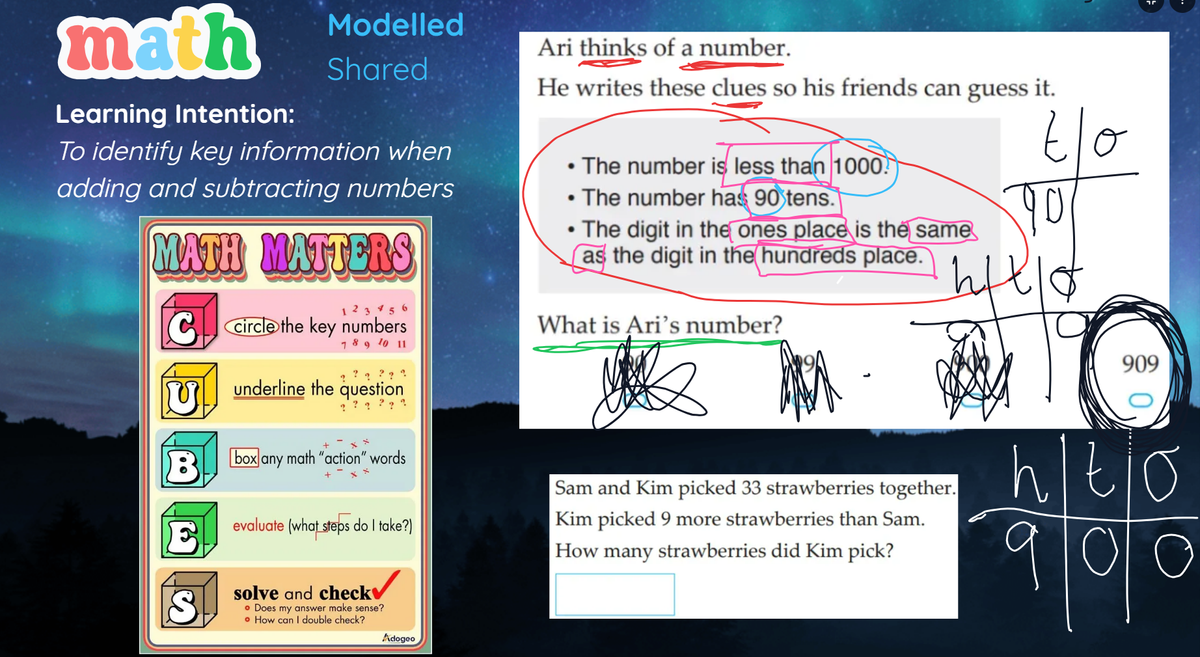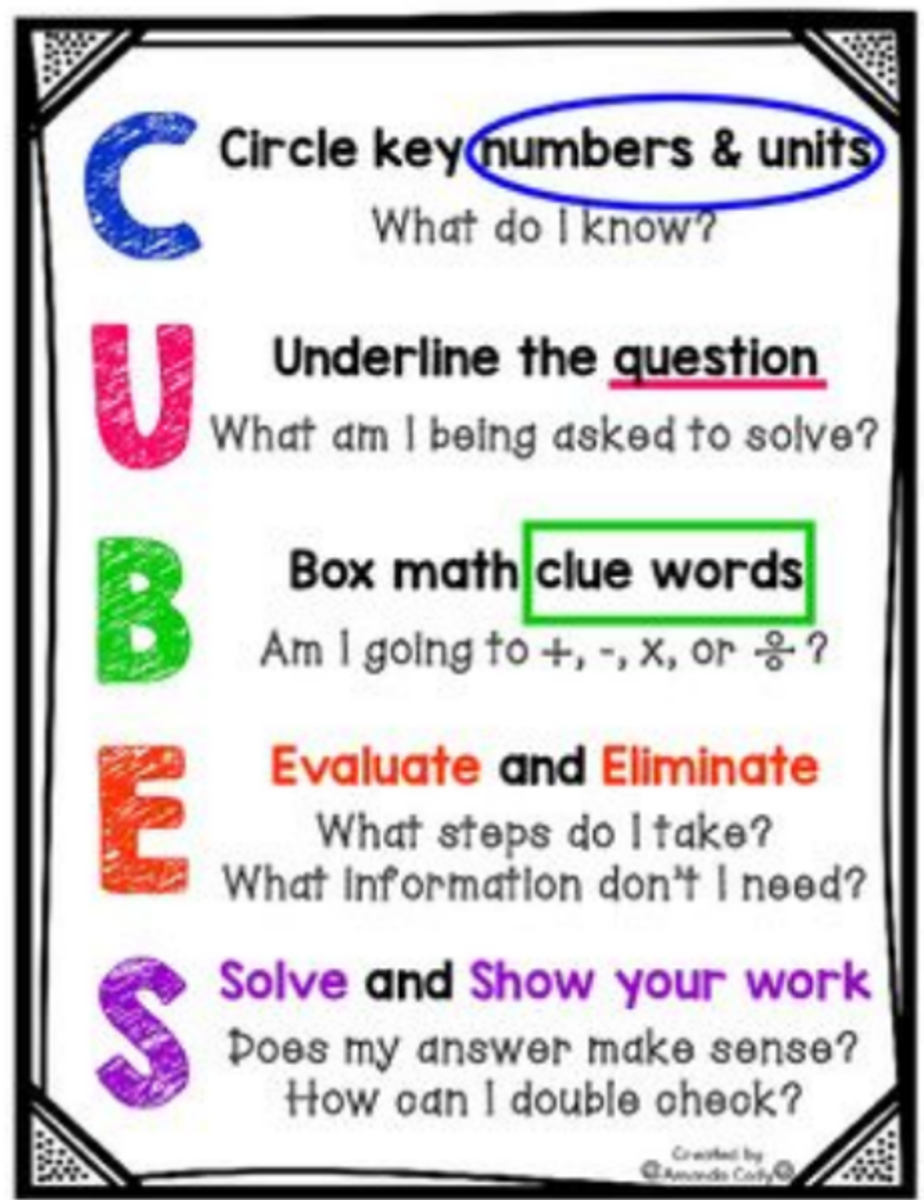Year 3/4 Bulletin

Fluency Activity:
Building Speed and Accuracy in Addition & Subtraction
At the start of each math session, students participate in a 7 or 8 minute fluency activity focused on strengthening their quick recall of addition and subtraction facts. This activity runs consistently throughout the week, allowing students to develop their mental math skills progressively.
How It Works:
- Each session begins with a short burst of focused practice on addition and subtraction problems.
- Students receive a set of problems that are designed to be solved quickly, reinforcing their recall speed and accuracy.
- This is a timed activity, but the goal is not just speed—it’s also about improving accuracy and confidence in solving problems efficiently.
Why We Do It:
- Develops automaticity: Helps students answer basic math facts without hesitation.
- Builds confidence: Repeated exposure and practice lead to increased comfort with numbers.
- Prepares for problem-solving: Strengthening mental math skills allows students to focus more on strategy when tackling complex worded problems.
Grade 3/4 Maths Session
This week, our students have been working on a problem-solving strategy in mathematics: the CUBES method. This approach helps students break down worded problems, identify key information, and choose the best strategy to solve them.
Our learning intention for this lesson was: To identify key information using the CUBES method in worded problems.
Whole: To begin, students sit on the floor as we introduced and modelled the CUBES strategy using an anchor chart that they all have in front of them. This method helps students approach worded problems systematically by prompting them to Circle important numbers, Underline the question, Box key words, Evaluate what to do, and Solve the problem step by step. I modelled as the teacher how to work through the problem, as shown below. The students are ticking or highlighting their CUBES sheet in front of them as I worked through. It looks chaotic as it was done on a laptop screen, however hoepfully you can see the thought process behind the place value chart, crossing off answers that can't be correct, and following the procedure.
Students then had an opportunity to enact the strategy themselves, solving the following problem using the CUBES method.
Sam and Kim picked 33 strawberries together.
Kim picked 9 more strawberries than Sam.
How many strawberries did Kim pick?
Small: At their table groups, students then tackled their own set of worded problems, applying the CUBES method independently. They used their anchor charts as reference tools, ensuring they followed the process correctly. To encourage peer learning, students worked in mixed-ability groups, discussing strategies and solutions collaboratively. A small group also worked directly with the teacher for additional guidance and support.
Reflection in Action: Throughout the session, the teacher checked in with students and highlighted pieces of work that followed the structure. Students who were circling, using different colours, underlining questions, using the strategies we are looking for. Students shared their approaches and discussed the effectiveness of the CUBES strategy.
Here are some ways parents can continue the learning at home:
1. Encourage Real-Life Problem Solving
- Give your child simple worded problems related to everyday life, such as:
- “We have 24 apples. If we eat 7, how many are left?”
- “You have $15 and want to buy a toy for $9. How much change will you get?”
- Guide them to use the CUBES method to break down the problem step by step.
2. Use Visuals and Hands-On Activities
- Ask your child to explain the steps of CUBES as they solve a problem.
- Provide paper or a whiteboard to write down key information, circle numbers, and underline questions.
- Use small objects like counters or Lego to represent numbers in the problem.
3. Practice with Homework or Additional Problems
- If your child has worded problems for homework, remind them to follow the CUBES steps.
- Find or create similar problems from books, online worksheets, or real-life scenarios.
4. Ask Thinking Questions
- Instead of giving answers, encourage deeper thinking with questions like:
- “What numbers are important in this problem?”
- “What is the question asking you to find?”
- “Which strategy should we use to solve this?”
5. Make It Fun
- Turn problem-solving into a game or challenge by timing how quickly they can identify key information.
- Offer small rewards or praise when they explain their thinking clearly.
Allira, Richard, Nellie
Year 3/4 Team
Allira.Zeneli@education.vic.gov.au


